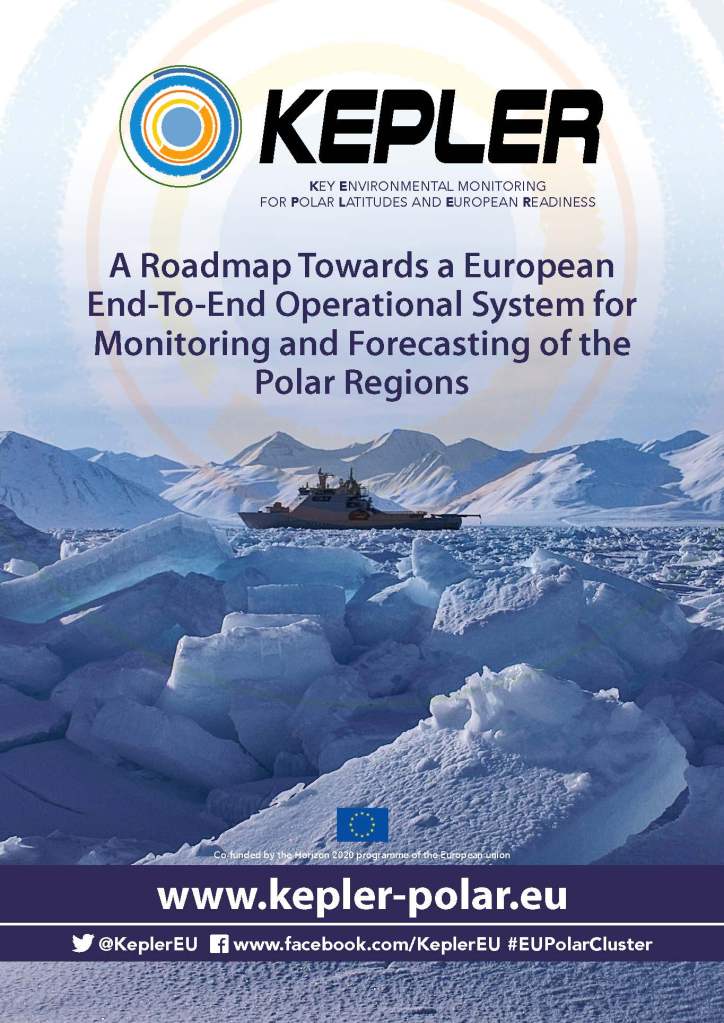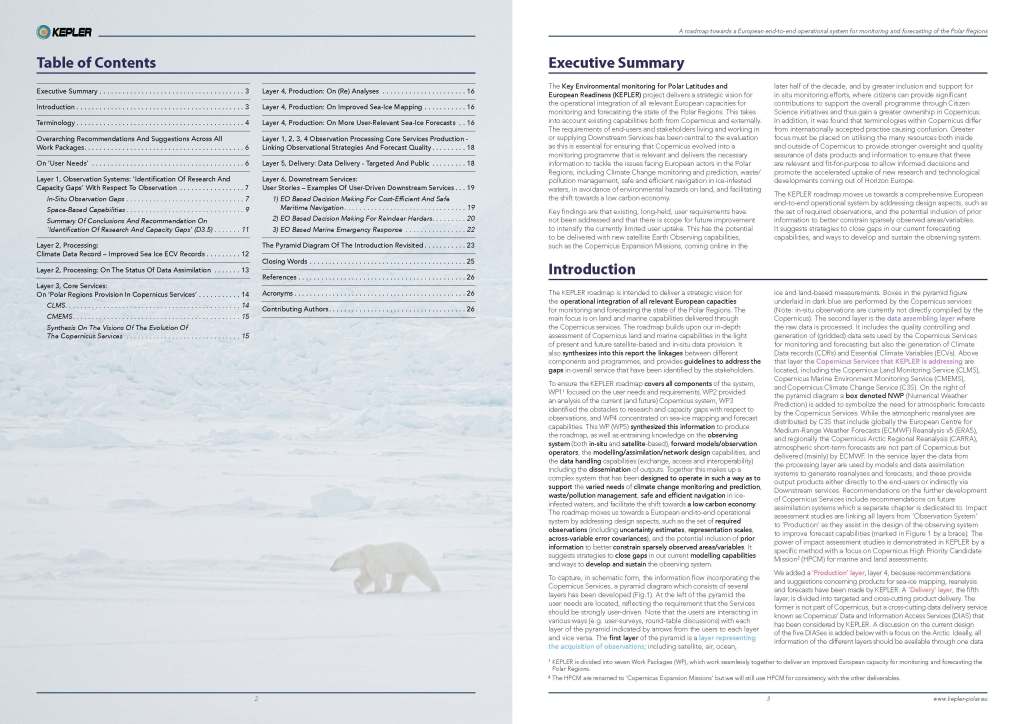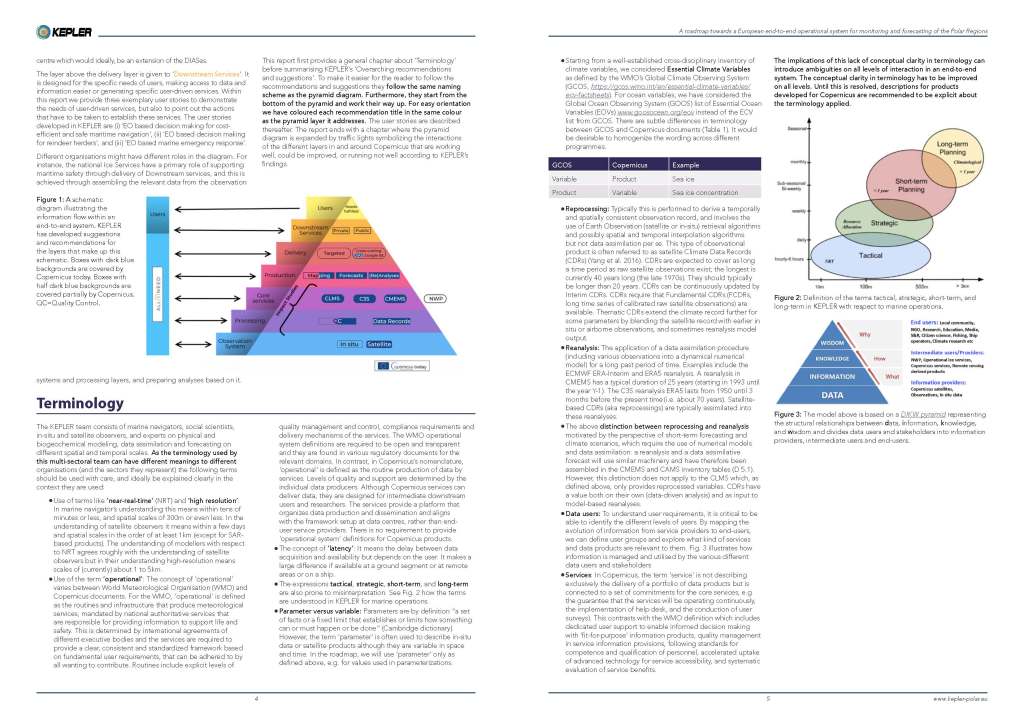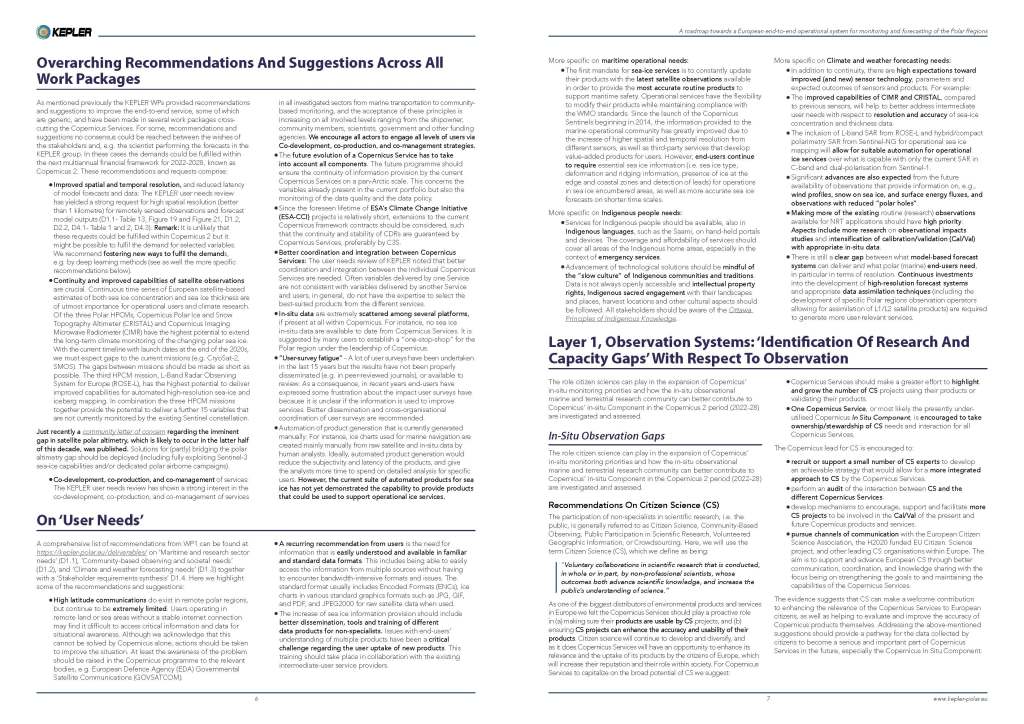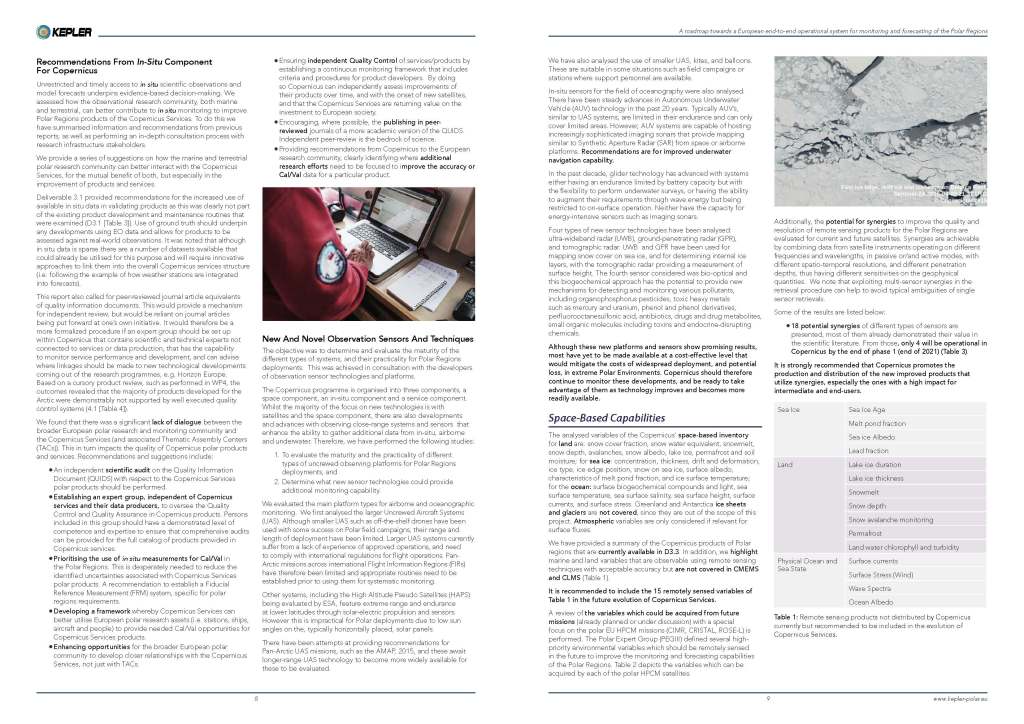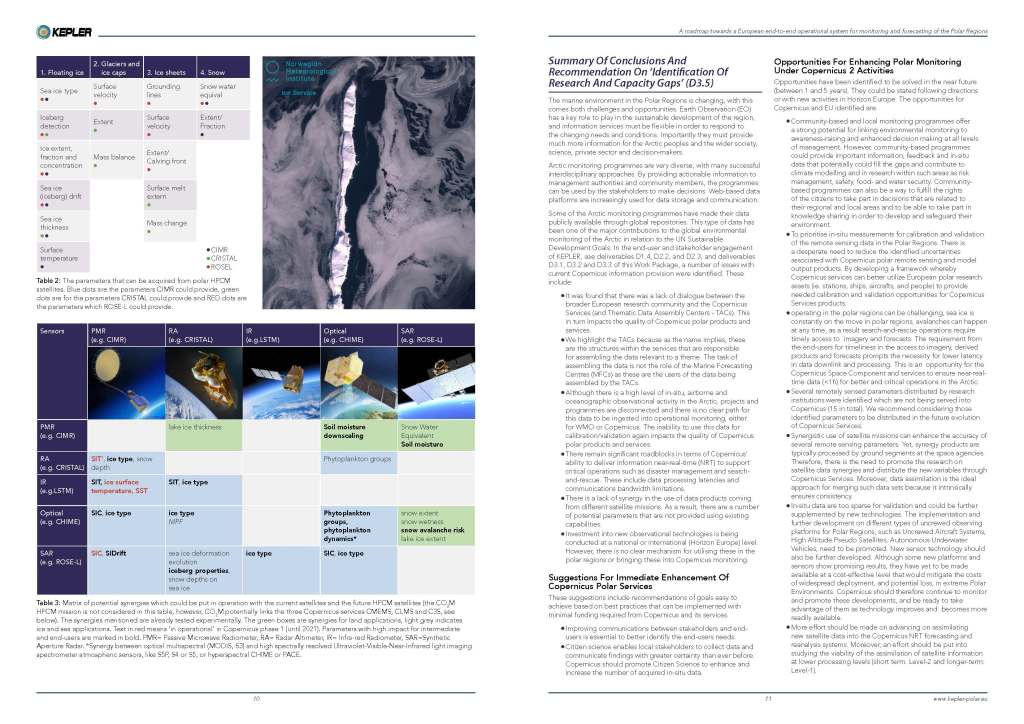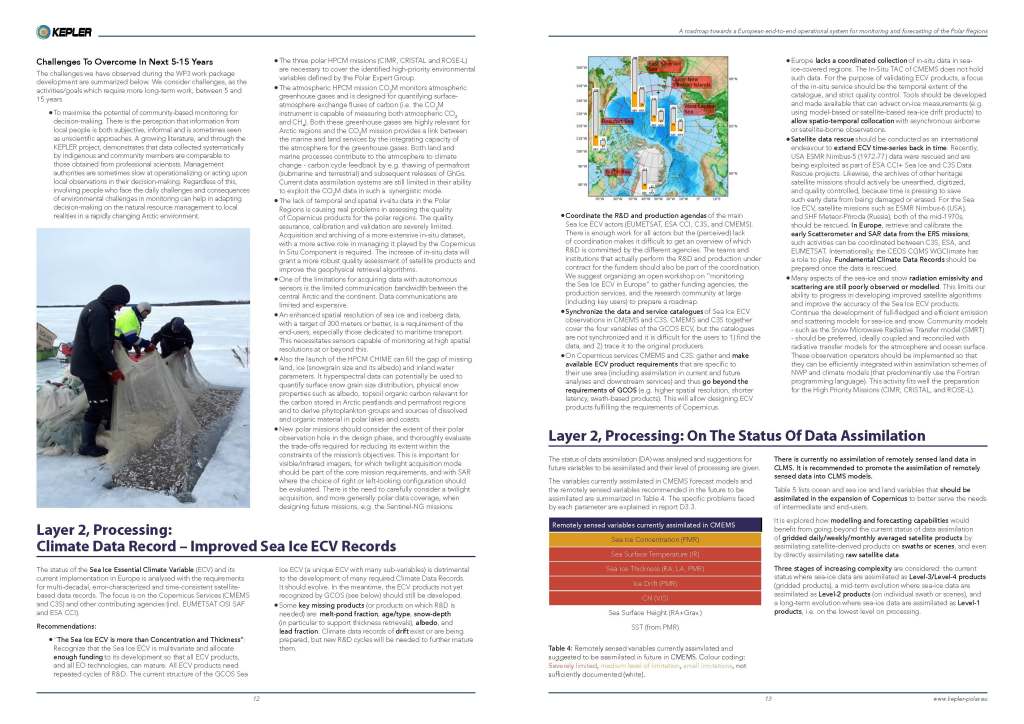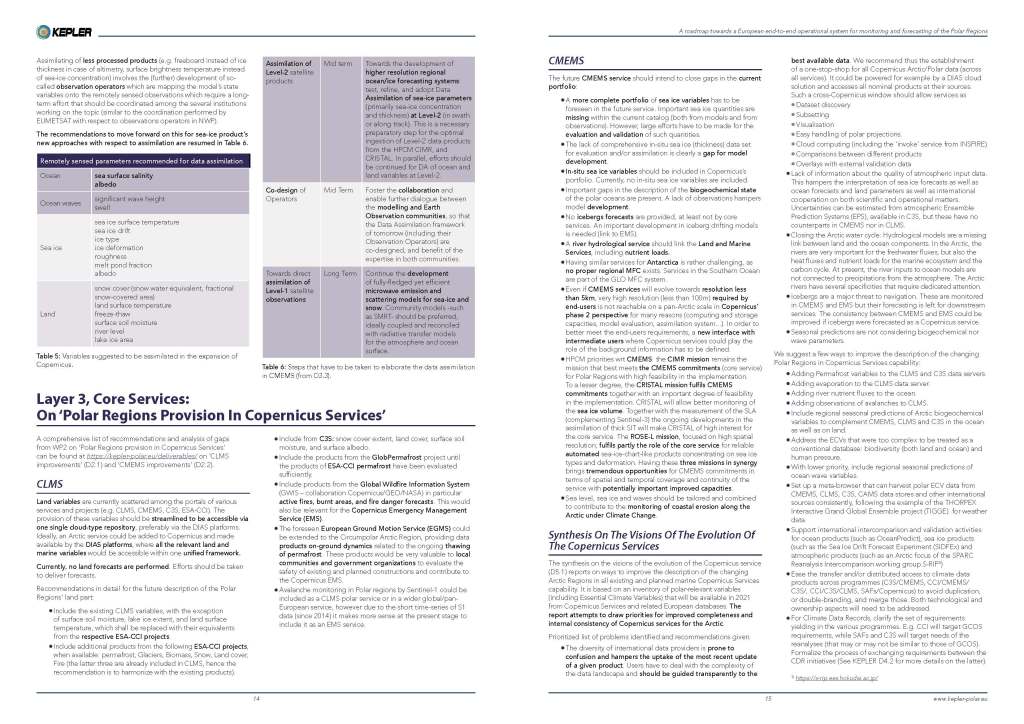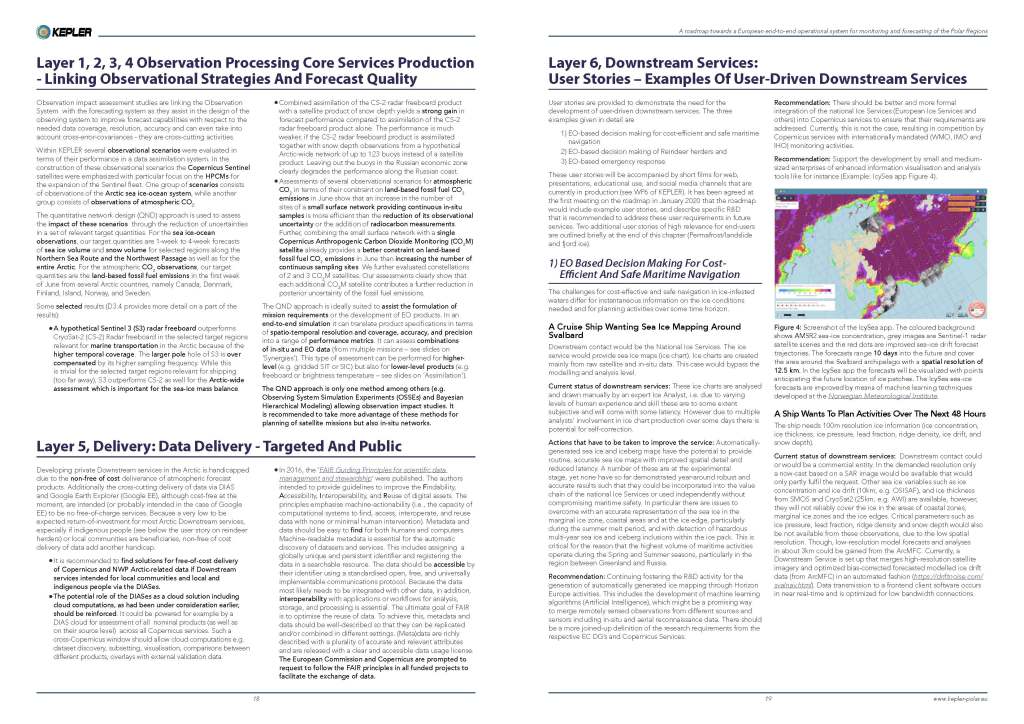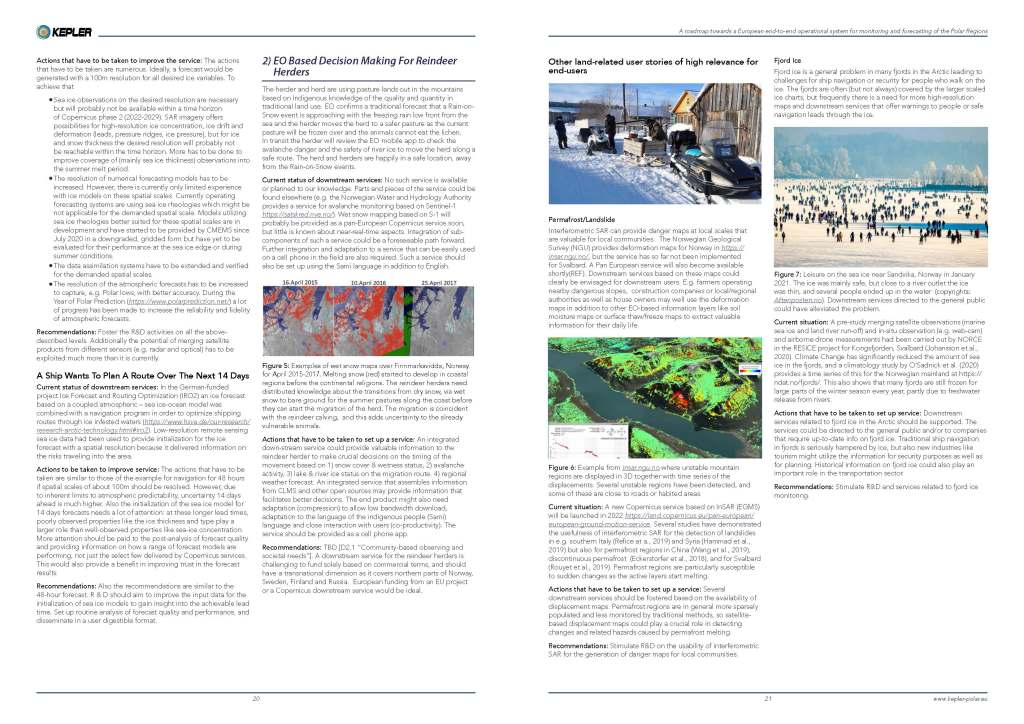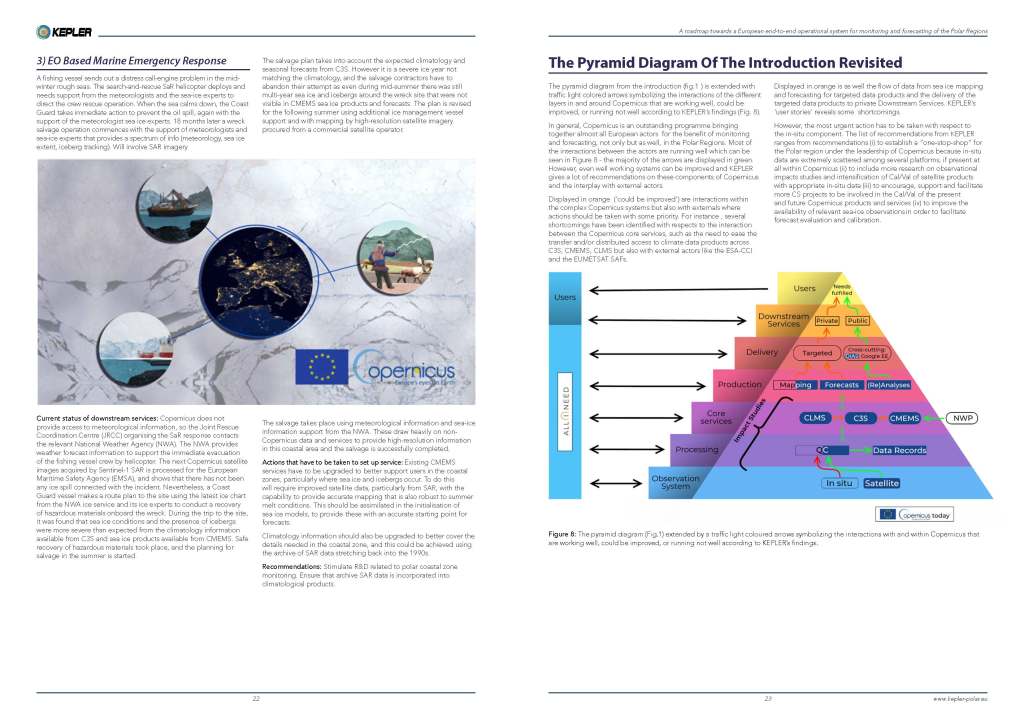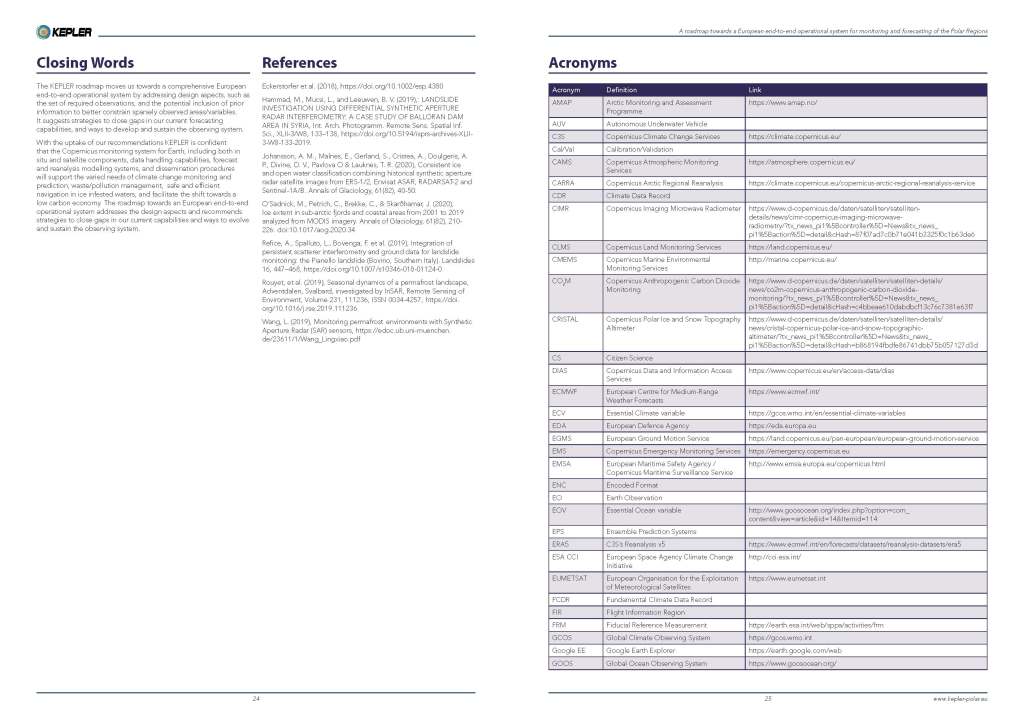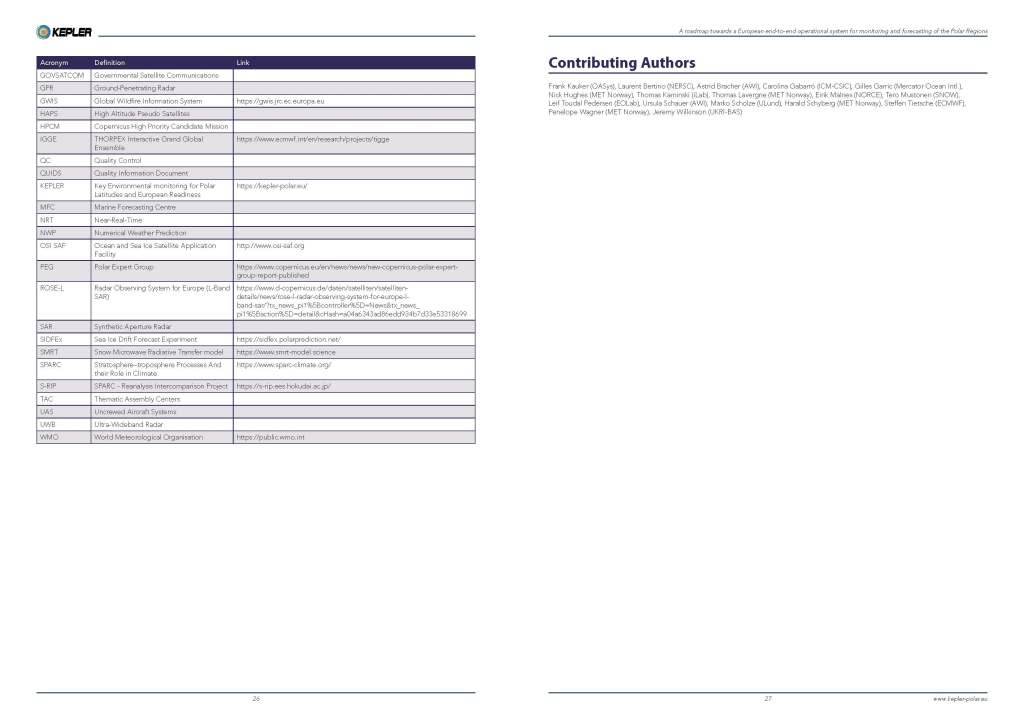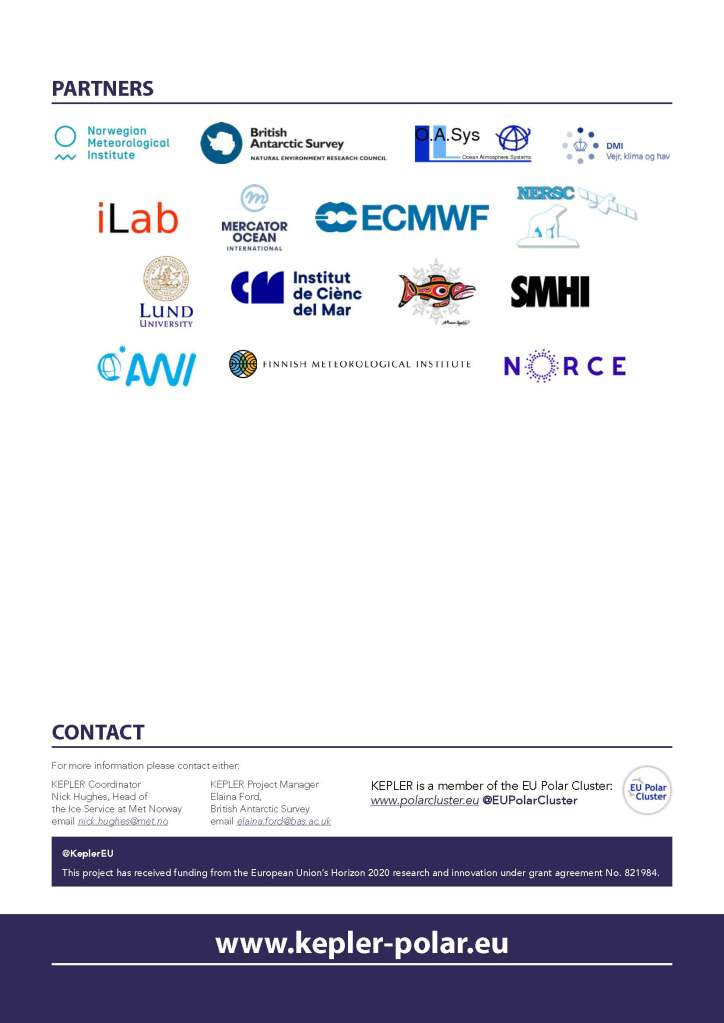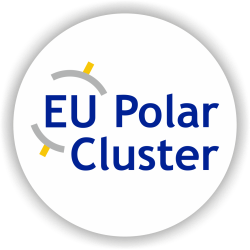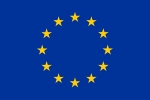KEPLER Roadmap
KEPLER have produced a roadmap towards a European end-to-end operational system for monitoring and forecasting of the Polar Regions. We have summarised the full deliverable report in the brochure below.
About the Roadmap
The KEPLER project delivers a strategic vision for the operational integration of all relevant European capacities for monitoring and forecasting the state of the Polar Regions. This takes into account
existing capabilities both from Copernicus and externally. The requirements of end-users and stakeholders living and working in, or supplying Downstream Services has been central to the evaluation as this is essential for ensuring that Copernicus evolved into a monitoring programme that is relevant and delivers the necessary information to tackle the issues facing European actors in the Polar Regions, including Climate Change monitoring and prediction, waste/pollution management, safe and efficient navigation in ice infested waters and in avoidance of environmental hazards on land,
and facilitating the shift towards a low carbon economy.
Key findings are that existing, long-held, user requirements have not been addressed and that there is scope for future improvement to intensify the currently limited user uptake. This has the potential
to be delivered with new satellite Earth Observing capabilities, such as the Copernicus Expansion Missions, coming online in the later half of the decade, and by greater inclusion and support for in situ monitoring efforts, where citizens can provide significant contributions to support the overall programme through Citizen Science initiatives and thus gain a greater ownership in Copernicus.
In addition, it was found that terminologies within Copernicus differ from internationally accepted practise causing confusion. Greater focus must be placed on utilising the many resources both inside and outside of Copernicus to provide stronger oversight and quality assurance of data products and information to ensure that these are relevant and fit-for-purpose to allow informed decisions and promote the accelerated uptake of new research and technological developments coming out of Horizon Europe.
The KEPLER roadmap moves us towards a comprehensive European end-to-end operational system by addressing design aspects, such as the set of required observations, and the potential inclusion of prior information to better constrain sparsely observed areas/variables. It suggests strategies to close gaps in our current forecasting capabilities, and ways to develop and sustain the observing system.

